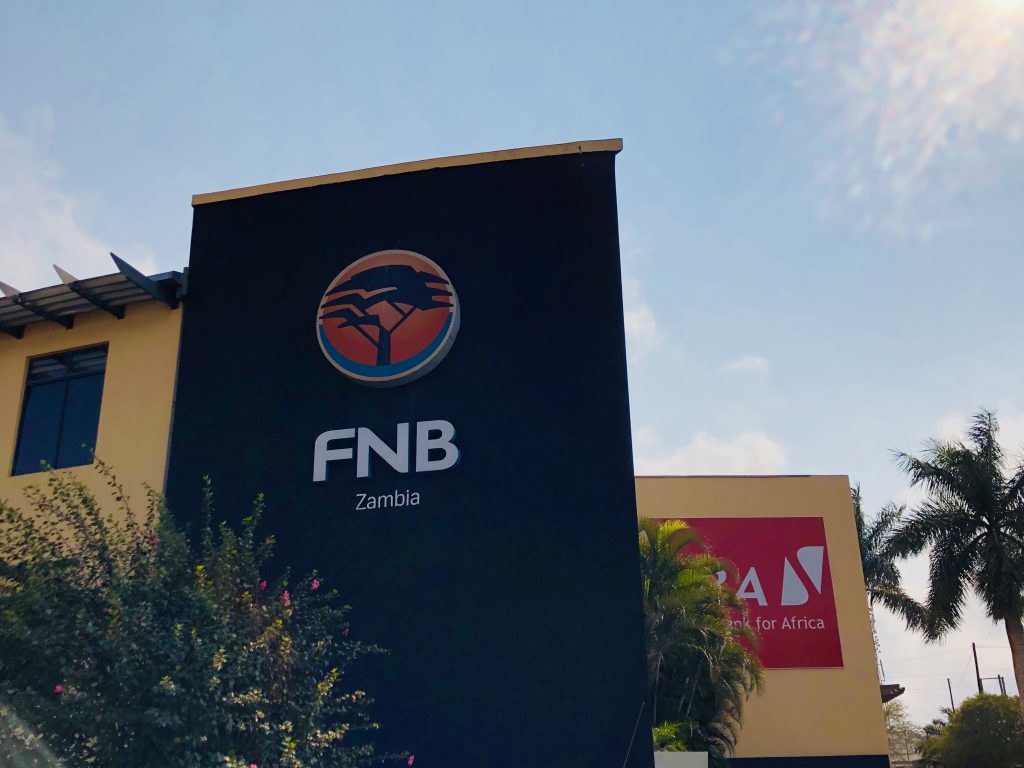After tax commercial banking profitability in Africa’s copper hotspot, Zambia, grew 13.3% to K828.1million in H1:19 compared with K731.2million in the H1:18. However the bottom line skew remains a source of concern as 71.4% of this cake was contributed by the top 5 performers in an industry studded with 17 banks namely Stanbic (K166.1million), Stanchart (K123.0million), Barclays (K103.2million), Bank of China (K101.7million) and Zanaco Bank (K97.2million).
Being the partners in the growth agenda, commercial banks play a key role in the funding and credit extension to corporates and SME sectors of society in the copper producing nation. However the environment has not been as conducive given the credit risk profile of the sovereign at Caa2 (Moody’s) and CCC (Fitch) weighing credit risk appetite for major banks. Other factors systemic to the industry include energy bottlenecks on account of anemic generation given hydrological risks and general drought affecting agriculture. Business pulse in H1 was muted by lack of liquidity and high input inflation suppressing aggregate demand in general with trickle down effects to counterparties running exposures with the commercial banks. Zambias growth forecasts have been trimmed to 2% by the International Monetary Fund and 2.3% by the World Bank given the risks to growth it faces. Q1 (CSO) gross domestic product expanded softer than first quarter of last year at 2.6%.
Drivers of the resilient aggregate performance include a 12.9% growth in total revenue to K4.5billion contributed by a 29.0% rise in interest income to K4.6billion and a 9.4% slump in non interest income to K1.7billion as the autopsy effects of abolishment of unwarranted charges adversely trim income lines.
The H1 industry expense side was fueled by a 51% jump in interest expenses to K1.4billion and a 12% rise in non interest expenses to K3.1billion. Interest expense uptick is attributed to the rising cost of funding in the Zambian market given elevated government security curve which is the proxy reference point. Non interest expense in H1 include restructure costs incurred by some banks that shaved off staffing and is also a reflection of the operating environment given actualization of some risks ranging from cash heists to cyber related incidents absorbed as operational losses. Credit impairments reported were 31.0% leaner at K314.8million from K454.3million, a positive reflection of the industry credit risk profile. Credit risks remains elevated in H2:19.
The industry’s loans and advances stock grew 32.2% to K29.6billion from K22.4billion as the depositor base expanded 13.0% to K63.4billion from K56.1billion. Seventy five percent (75%) of the loans and advances was contributed by 6 banks namely Stanbic (K5.6billion), Barclays (K4.9billion), Zanaco Bank (K3.9billion), Stanchart (K2.8billion), First National Bank (K2.3billion) and Indo Zambia (K2.billion). Sixty six percent (66%) of the depositor base was attributed to the earnings top 5 performers (SBZ, BBZ, SCB, ZANACO and BOC).
Contingent liabilities also known as off balance sheet items grew 24.7% to K13.6billion from K10.9billion with 55% of this stock contributed by two banks namely Stanbic and Bank of China. Stanbic banks dominance in the trade services provision (letters of credit, guarantees and documentary collections is inevitably evident).
H2 FORECAST
The second half of the year with be characterized by the risks to growth that will heighten more such as energy deficits, elevated inflation outside the 8% upper bound, rising treasury bill and bond yields, suppressed credit risk appetite given fiscal posture of the sovereign but a more predictable tax environment given postponement of sales tax to 2020. These factors will pressurize earnings potential through taking a toll on counterparties running exposures with commercial banks. It is very evident that the abolishment of unwarranted fees is weighing the non interest income lines which continue to slide. Ceteris paribus the banking industry remains fairly well capitalized.
Compiled by Kondwani Phiri and edited by Oscar Meander

